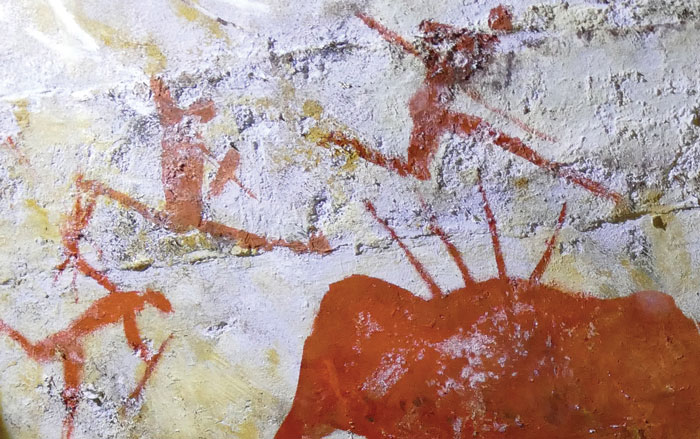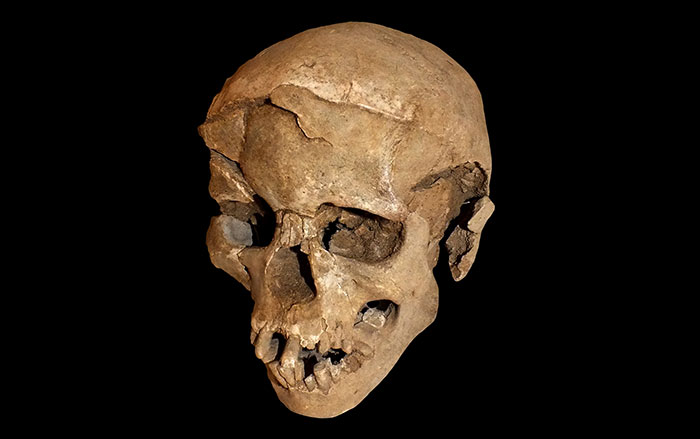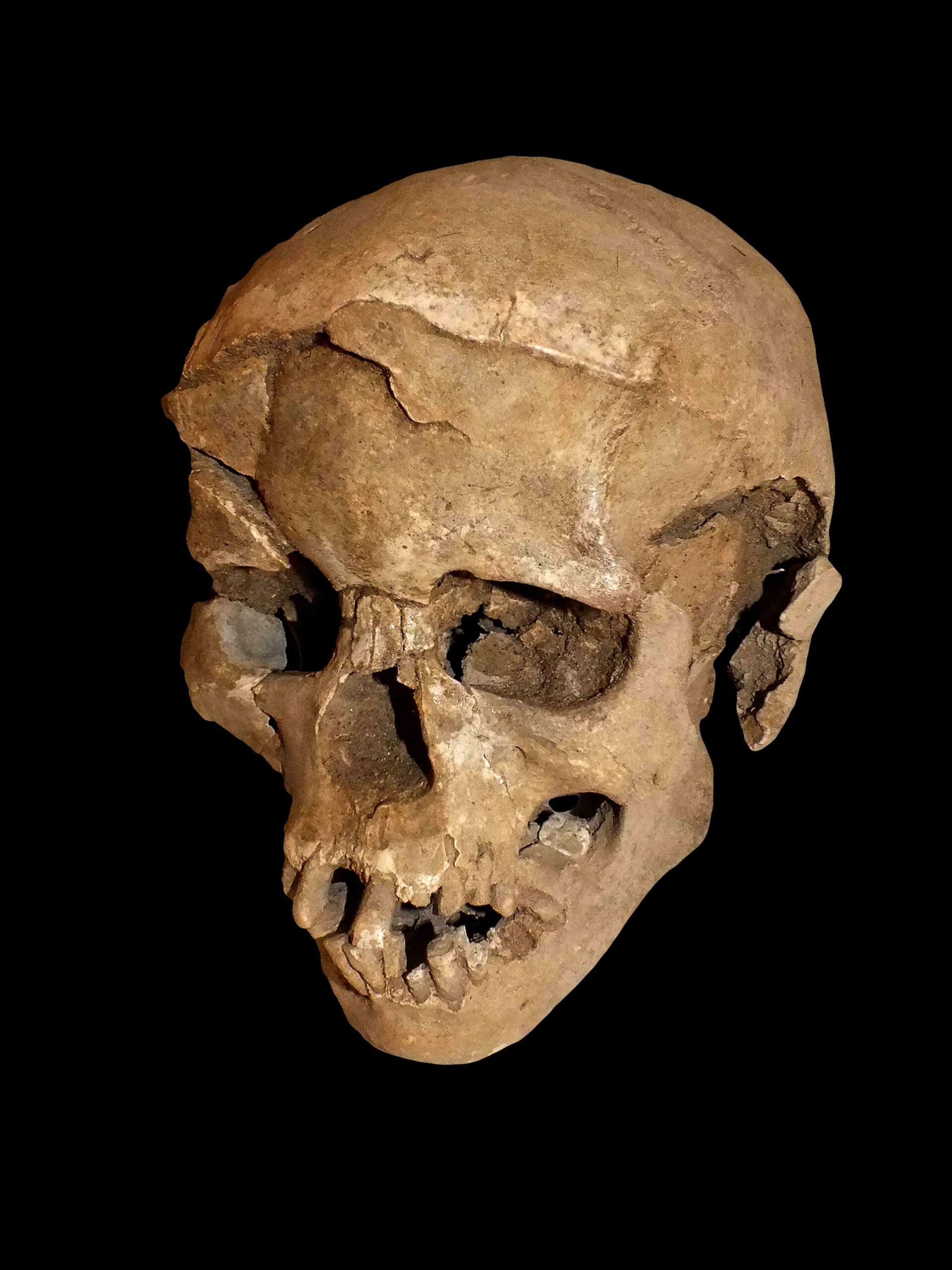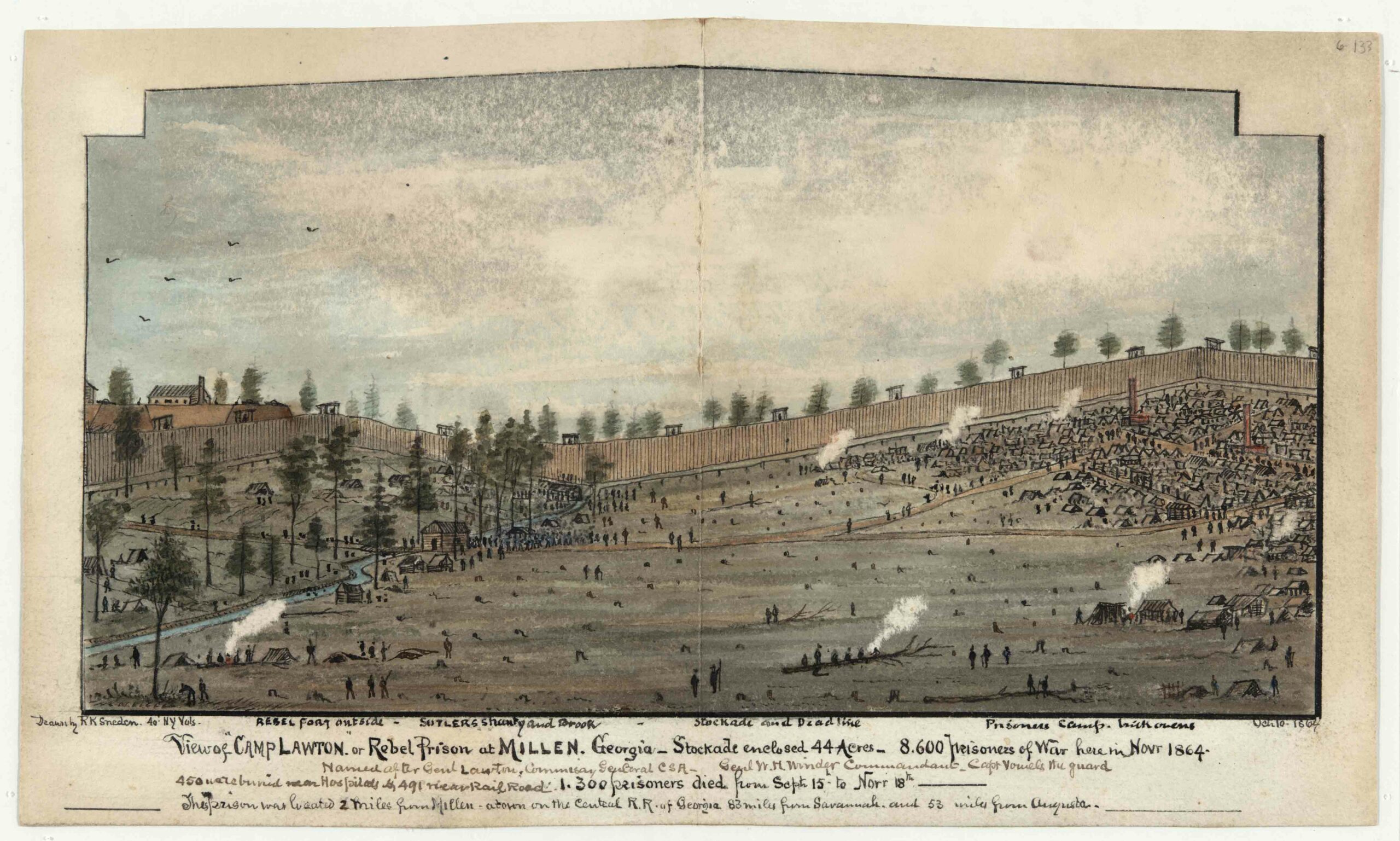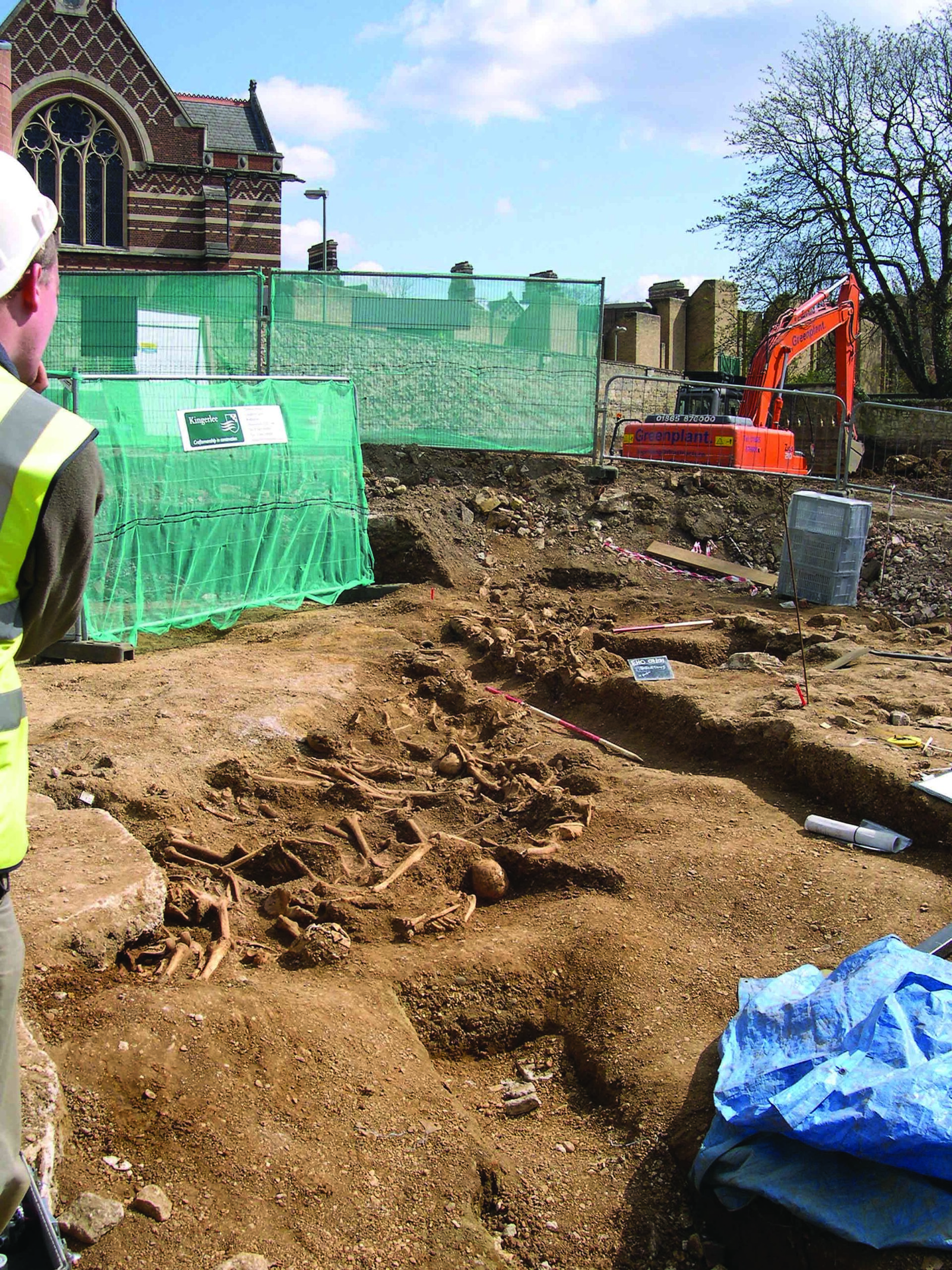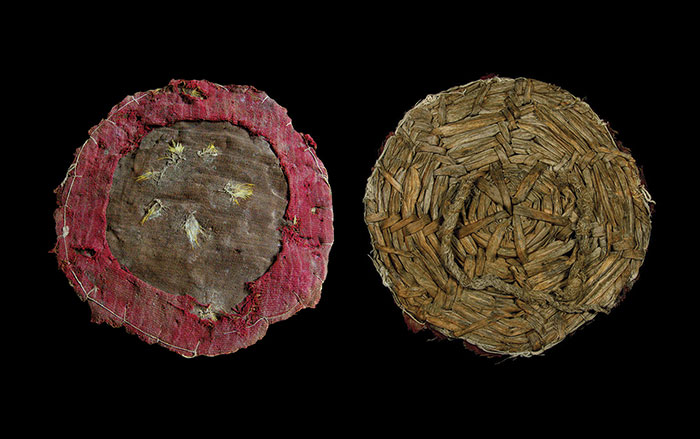
WEST TURKANA, KENYA—An ancient hand bone belonging to a long extinct ancestor of modern humans is pushing back when scientists believe hominins took a critical evolutionary step that allowed for the making and use of tools. The bone was found at the Kaito site in Kenya. It is a 1.42 million-year-old metacarpal that connects the middle finger to the wrist. The bone looks like that of modern humans, even including a feature called a styloid process, which allows for a strong grip. The styloid process is absent in all fossils that date to before 1.8 million years, and scientists previously believed it appeared only 800,000 years ago. The new bone suggests that the feature developed with modern human's ancient ancestor Homo erectussensu lato. "Our specialised, dexterous hands have been with us for most of the evolutionary history of our genus, Homo," said Carol Ward, an anatomical scientist at the University of Missouri, Columbia. "They are—and have been for almost 1.5 million years—fundamental to our survival."


